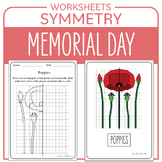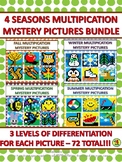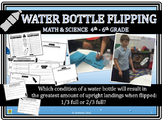High school math laboratories for Easel Activities
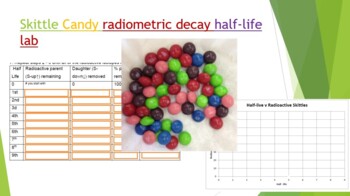
Skittle Radiometric Decay Half-life Lab
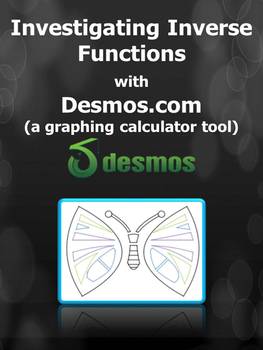
Inverse Function Investigation with Desmos.com

Geometry - Graphing Special Lines-Parallel and Perpendicular-Two Investigations
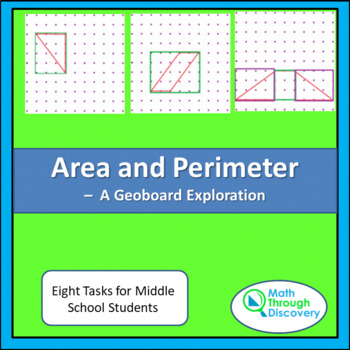
Geometry - Area and Perimeter - An Exploration on the Geoboard
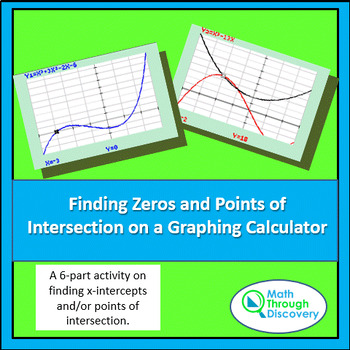
Alg 2 - Finding Zeros and Points of Intersection on a Graphing Calculator
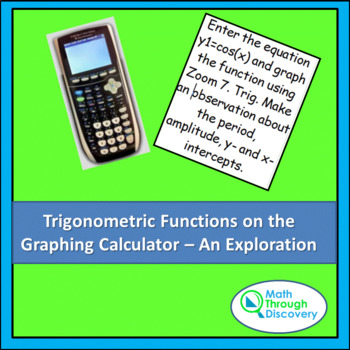
Trigonometric Functions on the Graphing Calculator - An Exploration
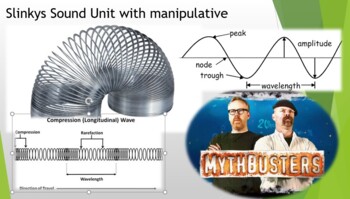
Slinky Sound Unit w MythBusters Video Lab
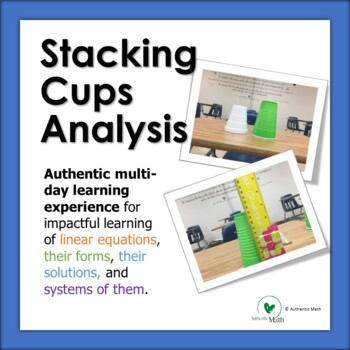
Stacking Cups Analysis - an authentic in-depth discovery of linear equations!
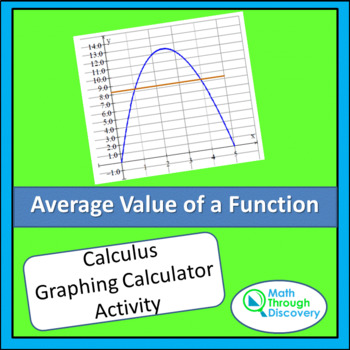
Calculus - Average Value of a Function - An Exploration

Zombie Motion, Speed and Acceleration Physics Lab Set
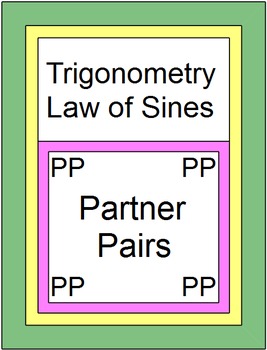
Trig - Law of Sines - PARTNER PAIRS

Paper Airplane STEM Lab
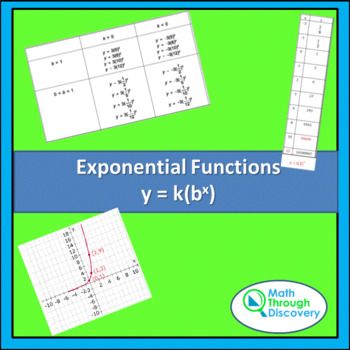
Alg 1 - Exponential Functions y = k(b^x)
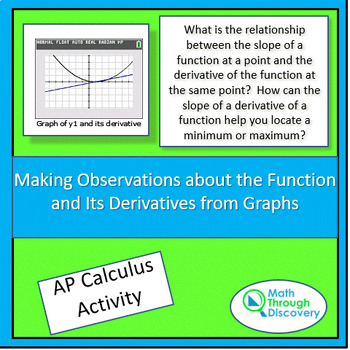
Calculus-Making Observations about the Function and Its Derivatives from Graphs

Calculus - Continuity

Hero's Engine Energy Unit
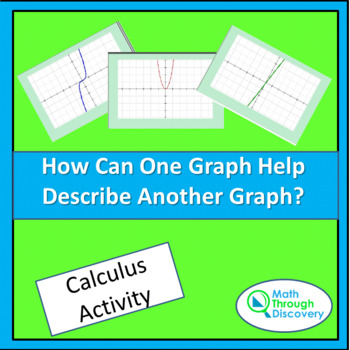
Calculus - How Can One Graph Help Describe Another Graph?
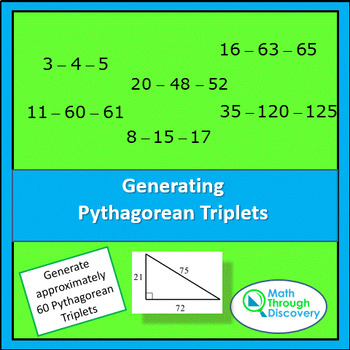
Generating Pythagorean Triplets

Alg 2 - MAXIMIZING THE VOLUME OF AN OPEN BOX

Density Reading, Lab and Inquiry Activity
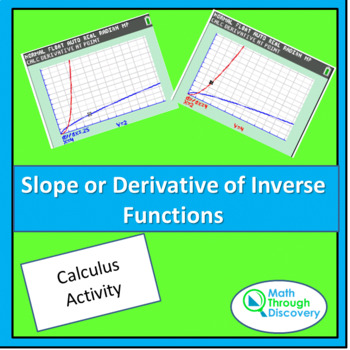
Calculus - Slope or Derivative of Inverse Functions
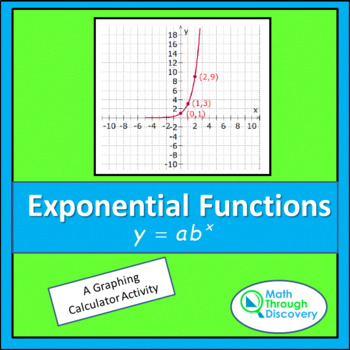
Alg 1 - Exponential Functions y = a(b^x)
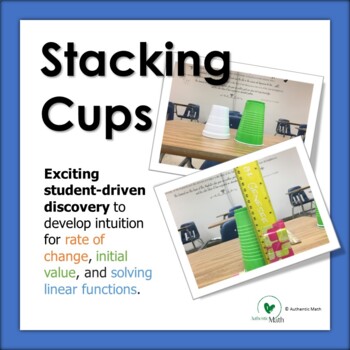
Stacking Cups - apply linear functions without even knowing it!
Find Math resources | TPT
Importance of learning math skills
It's no secret that mathematics is one of the foundational subjects that students need to learn. Math forms the basis for so many other subjects — like science, engineering, and technology — and because of that, it's essential that students develop strong math skills starting from a very young age.
Benefits of learning math
Learning math has many benefits. It helps students:
- Begin to develop problem-solving, logical reasoning, and critical-thinking skills
- Grow their understanding of numbers and basic operations
- Understand how math is used in real-life situations
By ensuring that students have a solid foundation, teachers can help set them up for future success.
Discover printable and digital math resources
Math resources are an integral part of effective math education. On TPT, math resources come in various forms: from worksheets and full-year curricula to manipulatives and educational games. They can be used to enhance learning, assess student’s mastery of math concepts, and engage students in meaningful learning. By incorporating math resources from TPT into your teaching toolbox, you can create a rich learning experience that strengthens students’ understanding of math concepts and encourages a positive attitude toward math.
If you’re a teacher or parent looking for printable and digital math worksheets, TPT has an extensive collection of math resources across topics and grade levels. No matter what math topic your students are working on — whether you’re teaching numbers to kindergarteners or algebra to 9th graders — TPT has resources designed to help with any math learning need.
With a little encouragement and plenty of resources, TPT resources can make teaching and learning math so much easier. Plus, you can expand students’ knowledge even further by exploring TPT science resources, which are frequently paired with math lessons.
Frequently asked questions about math resources
What types of math lessons are available on TPT?
There are many different types of math resources sold by Sellers on TPT. Some popular math lessons include geometry, mental math, algebra, fractions, place value, measurement, and decimals.
How do I find math lessons on TPT?
Educators can save time preparing math lessons with resources created by experienced teachers. Simply start a search for math resources on the TPT marketplace, and filter by grade level, price, and/or resource type to find materials that've been proven to work in classrooms like yours. No matter what you’re teaching, there are plenty of math lessons and activities sold by Sellers on TPT that are tailored to meet your students' skill levels.
How do I support students struggling with math?
If your student or child is struggling with a specific math concept, you can provide extra support and resources such as math worksheets. Sometimes, visual aids like charts, graphs, and manipulatives can help children understand abstract concepts better.
How can I make math fun?
Students learn best when they're engaged! Sprinkle a little fun into your math lessons by using educational games, videos, puzzles, and real-life scenarios. If your class seems to find math boring or uninteresting, you can also try connecting lessons to their interests or hobbies. Encourage them to ask questions and explore mathematical concepts in different ways.

